This month I had the opportunity to attend a special press event for the upcoming Disney film Planes: Fire & Rescue at the Disney Toon Studios in Glendale. As I entered the lobby, it felt as though I were walking the pine tree lined trails of a national park. There were faux campfires, bird chirping, giant sequoias, and at the end of the hall I could see Piston Peak, Whitewall falls, and Suspension Bridge. Everything was planes-ivied of course. I was excited to see what the day had in store for me as the itinerary was packed.
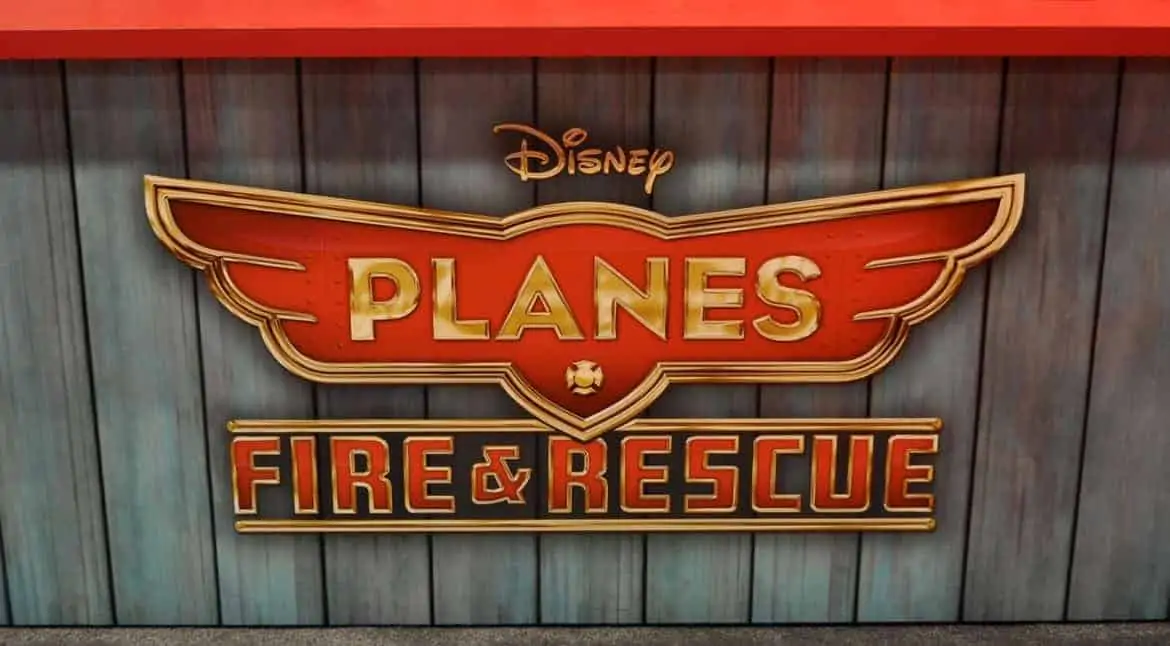
Do Your Research
Our first session was called “Do Your Research” where co-writer Jeff Howard and director of creative development Paul Gerard had to get up-close and personal with real aerial firefighters, smoke jumpers, stunt pilots, air traffic controllers, and even went inside planes and helicopters to make the world of Piston Peak believable. and the filmmakers did just that consulting with over 100 different professionals from the California Department of Forestry & Fire (CAL FIRE) including aerial firefighters, smokes jumpers, and other national park personal. Some of the best story ideas come from research, they said. In fact, the theme and premise for the film came out of a research discovery.
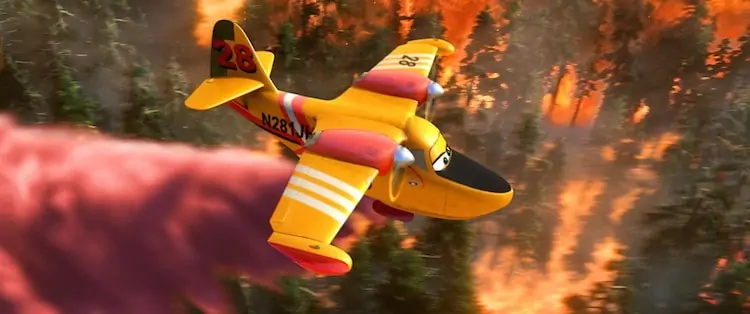
Art of Story
Visual storytelling starts with a storyboard. A storyboard is a series of hand sketched drawings (we’re talking like 1,000 or more) that depict a scene or sequence. A film is broken up into many sequences and its the job of the storyboard artist to create all the drawings for that particular sequence. When creating each drawing they must take into account the acting of the characters (emotion and movement), lighting, camera work, and set pieces. For a single film there could be 30 – 35 thousand drawings. When all the drawings for a sequence are complete, they are played like a flip book (called an ‘animatic’) and the director can make adjustments. Sometimes, if a sequence isn’t working, its not unlikely that thousands of drawings could be cut. After this quick demonstration it was our turn! Art Hernandez, the Head of Story taught us how to draw Dipper! Maybe I have a future as a sketch artist.
Piston Peak National Park: A Tour
How do you create a national park from the ground up? Research, creativity, and a touch of “Plane-ification”, of course! We next took a behind-the-scenes tour of Piston Peak National Park with art director Toby Wilson. Inspired by Yosemite and Yellowstone, Piston Peak is a glacially cut, geothermal park (which means it has a geyser: Gasket Geyser!).
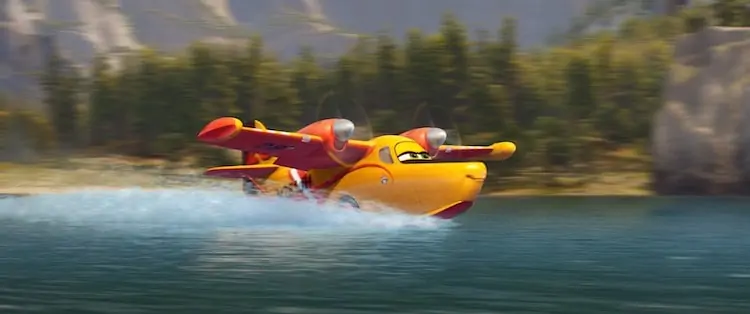
Director/Producer Q&A
Next we had a Q & A session with Director Bobs Gannaway and Producer Ferrell Barron who told us exactly what it took to create a film about those who fly in when others fly out. Research, again, was a main focus of the conversation as it informs so much of the story. They talked about the 1988 Yellowstone fires and they were paramount in developing the story for the film. That terrifying reality begged the question; were they ever nervous that a film about wildfires be appealing to children? Having seen the movie earlier this morning my immediate reaction was an emphatic YES!
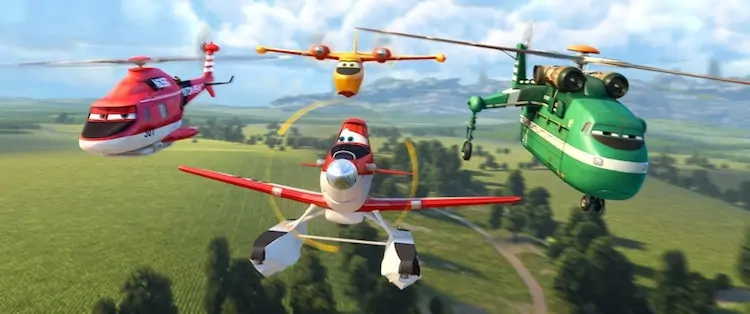
I attended a media event for Disney Planes: Fire and Rescue. All opinions remain my own.
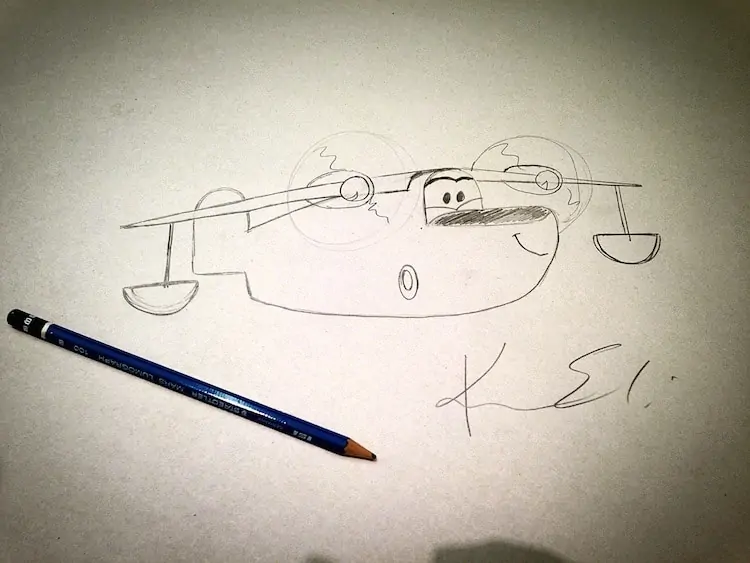
I love how the movie includes their personal history and upbringing – that it inspired them.
There is not one thing I do not love about a Disney movie. My kids have been counting days down all summer for this one.
Very cool! It’s always so neat to get a glimpse into how these movies are made. It’s incredible that it starts with a scratch pad and turns into such an amazing movie.
My family just previewed this movie over the weekend and it was a big hit! Thanks for sharing these behind-the-scenes spots. Once again, Disney did a fantastic job with this production.
I love everything Disney and a behind the scenes look is really great-its always so interesting-thank you for sharing!! Can’t wait to see it!!